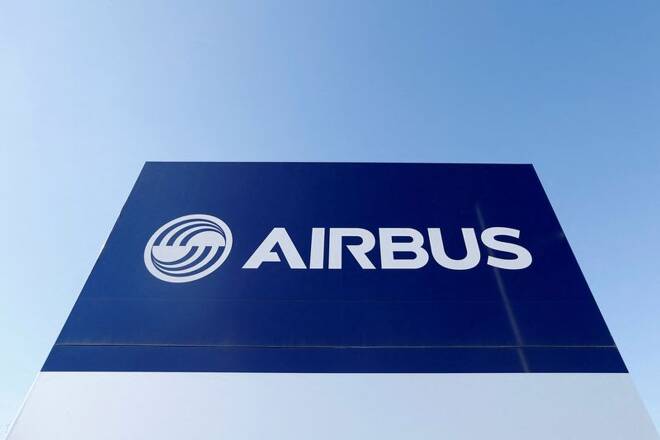Advertisement
Advertisement
Airbus A321XLR jetliner stages maiden flight
By:
HAMBURG (Reuters) - Airbus on Wednesday launched the maiden flight of its newest and largest narrowbody airliner, the A321XLR, as the European planemaker seeks to capitalise on lucrative demand for long-range single-aisle jets.
By Jan Schwartz
HAMBURG (Reuters) -Airbus on Wednesday staged the maiden flight of its newest and largest narrowbody airliner, the A321XLR, as the European planemaker seeks to capitalise on lucrative demand for long-range single-aisle jets.
The twin-engined passenger jet took off at 11:05 a.m. (0905 GMT) from a factory in Hamburg, Germany, ahead of more than a year of trials before the latest addition to Airbus’s best-selling A320 medium-haul family enters service in 2024.
Shares in the European manufacturer rose 0.6%.
Airbus is pitching the A321XLR as a game-changing addition to its narrowbody fleet, making it possible for airlines to serve thinly flown long-distance routes profitably, rather than forcing passengers to fly indirectly via wide-body hubs.
It says the A321XLR can fly 4,700 nautical miles (8,700 km), 15% further than its most capable current narrowbody, allowing airlines to fly routes like Houston-Santiago, New York-Rome or Tokyo-Sydney without the cost of a bigger twin-aisle jet.
The extra range is made possible by the addition of a new rear-centre fuel tank moulded into the lower fuselage.
But Airbus faces questions from regulators over the risk of fire in the event of a belly landing and has been forced to delay the entry to service by at least three months to early 2024 to allow the lower structure to be modified.
Aim to preserve range target
The weight of any strengthening material could crimp the jet’s range, one of its key selling points, analysts say.
Gary O’Donnell, the Airbus executive in charge of the A321XLR programme, told reporters his “aim” was to deliver the new jet to customers with the 4,700 km range previously advertised.
Industry sources have told Reuters addressing the design problem could take 6-9 months or even up to a year.
Industry publication Leeham News reported this week that some of the plane’s airline customers also believe certification could be delayed by up to a year as regulators worldwide take a tougher stand in the wake of a Boeing safety crisis.
No target date has been established for certification or the first A321XLR delivery, industry sources have said.
In a rare intervention, Boeing last year expressed concerns about fire risks from its rival’s design.
The U.S. planemaker is meanwhile racing to complete certification of its competing 737 MAX 10 jet before a new safety standard takes effect at the end of the year.
Its shares rose 5% on Wednesday after a smaller version of the MAX conducted test flights in China in a sign that the jet’s return in China could be nearing after long delays.
(Reporting by Jan SchwartzWriting by Tim HepherEditing by Kirsten Donovan and Mark Potter)
About the Author
Reuterscontributor
Reuters, the news and media division of Thomson Reuters, is the world’s largest international multimedia news provider reaching more than one billion people every day. Reuters provides trusted business, financial, national, and international news to professionals via Thomson Reuters desktops, the world's media organizations, and directly to consumers at Reuters.com and via Reuters TV. Learn more about Thomson Reuters products:
Latest news and analysis
Advertisement
